Overview
This article identifies ten essential small DC fans that deliver efficient cooling solutions across various applications. It underscores the increasing demand for energy-efficient temperature management technologies and emphasizes the importance of features such as:
- Compact design
- Low noise levels
- Customizable options
All of which significantly enhance performance in both residential and commercial environments.
Introduction
As the demand for energy-efficient cooling solutions escalates, small DC fans have emerged as a crucial component across various applications, spanning from electronics to home environments. Leading manufacturers, such as Gagner-Toomey Associates and Ato.com, are at the forefront, delivering innovative designs tailored to meet the specific cooling needs of modern technology. With an expanding market share, the versatility and performance of these fans are becoming indispensable for engineers and consumers alike. This article explores the latest advancements in small DC fan technology, examining the benefits, maintenance practices, and the increasing trend towards stylish and efficient designs that enhance both functionality and aesthetics in contemporary spaces.
Gagner-Toomey Associates: Leading Provider of Small DC Fans for Efficient Cooling
Gagner-Toomey Associates stands out as a premier supplier of compact DC units, concentrating on effective temperature regulation tailored for a variety of applications. As the world’s largest producer of both standard and custom air-movers, Gagner-Toomey offers an extensive range that includes:
- DC input tube axial devices from 15 to 280mm
- Centrifugal blowers from 15 to 225mm
These products are optimized for performance, efficiency, and low noise levels. Notably, most models provide IP protection upon request. Their commitment to excellence ensures that engineers and designers have access to the best temperature regulation solutions available in the market today, as the market share of small DC fans within the electronics sector has been on a consistent upward trajectory, reflecting a growing demand for energy-efficient temperature management technologies.
Recent data indicates that small DC devices now account for approximately 25% of the temperature regulation market in the electronics industry. Regular maintenance practices, such as cleaning impellers and inspecting filters, are essential for improving the lifespan and efficiency of these units. Insights drawn from case studies on maintenance strategies for DC centrifugal units reveal that routine checks can significantly bolster the reliability of temperature regulation.
The effective application of small DC fans in engineering projects underscores their capability in providing reliable temperature regulation, especially in compact electronic devices. As the industry evolves, Gagner-Toomey Associates remains dedicated to delivering the latest advancements in , including , ensuring that clients can leverage cutting-edge options to meet their temperature control needs.
Cmyfato Powerful Portable Pivoting Bathroom Fan: Versatile Cooling for Small Spaces
The Cmyfato Powerful Portable Pivoting Bathroom Fan is a versatile solution, particularly suited for small spaces and ideal for . With three robust speed settings and a 270° pivoting capability, it excels at circulating air in bathrooms, kitchens, or offices. Its compact design allows for seamless integration into any setting, making small dc fans an effective cooling solution that does not occupy excessive space.
The average airflow capacity of small dc fans meets the demands of smaller environments, catering to consumer preferences for both portability and functionality, ensuring comfort wherever they are placed. To enhance the overall user experience, professional installation services are available for selecting and setting up bathroom ventilation systems.
Notably, most bath exhaust devices include a damper that reduces the backdraft of cold air from outside, contributing to improved indoor air quality. Consumer feedback for 2025 highlights the Cmyfato fan’s effectiveness and reliability, further establishing its status as a leading option for portable air circulation solutions.
Ato.com 12V/24V DC Cooling Fans: Diverse Options for Tailored Cooling Solutions
Ato.com offers an extensive selection of , including 12V and 24V DC ventilation devices, providing a variety of options tailored for diverse applications. These devices are meticulously designed to meet specific temperature regulation requirements across electronics, automotive, and household sectors. With adjustable speed configurations and varying dimensions, users can select the ideal [small DC fans](https://gagner-toomey.com/essential-insights-on-dc-fans-for-electronics-engineers) to optimize airflow and efficiency in their projects. The market for small DC fans is projected to experience substantial growth, driven by technological advancements and an increasing demand for energy-efficient solutions. This trend underscores the importance of integrating customizable features into temperature control systems, ensuring they remain compatible with evolving thermal management needs. As highlighted in the case study ‘Future Outlook and Forecast,’ significant market expansion is anticipated, emphasizing the necessity for innovative solutions.
Moreover, reversible flow devices are gaining traction due to their ability to alter airflow direction, effectively cleaning airways while minimizing maintenance requirements. This capability is particularly advantageous in applications where dust accumulation could impede performance. By incorporating adjustable attributes, these small DC fans not only meet current demands but also adapt to future challenges. As engineers seek reliable temperature management solutions, Ato.com differentiates itself by offering small DC fans that prioritize quality and performance. For quotes and technical support regarding cooling solutions, engineers are encouraged to contact SANYO DENKI. Furthermore, as Mary Burke articulates, ‘High-Frequency PWM provides excellent acoustics, nearly comparable to linear, with a cost-effective external circuit and an extensive speed-control range, but it must utilize 4-wire motors.’ This insight further reinforces the advantages of specific fan technologies, rendering Ato.com’s offerings indispensable for successful projects that require efficient thermal management.
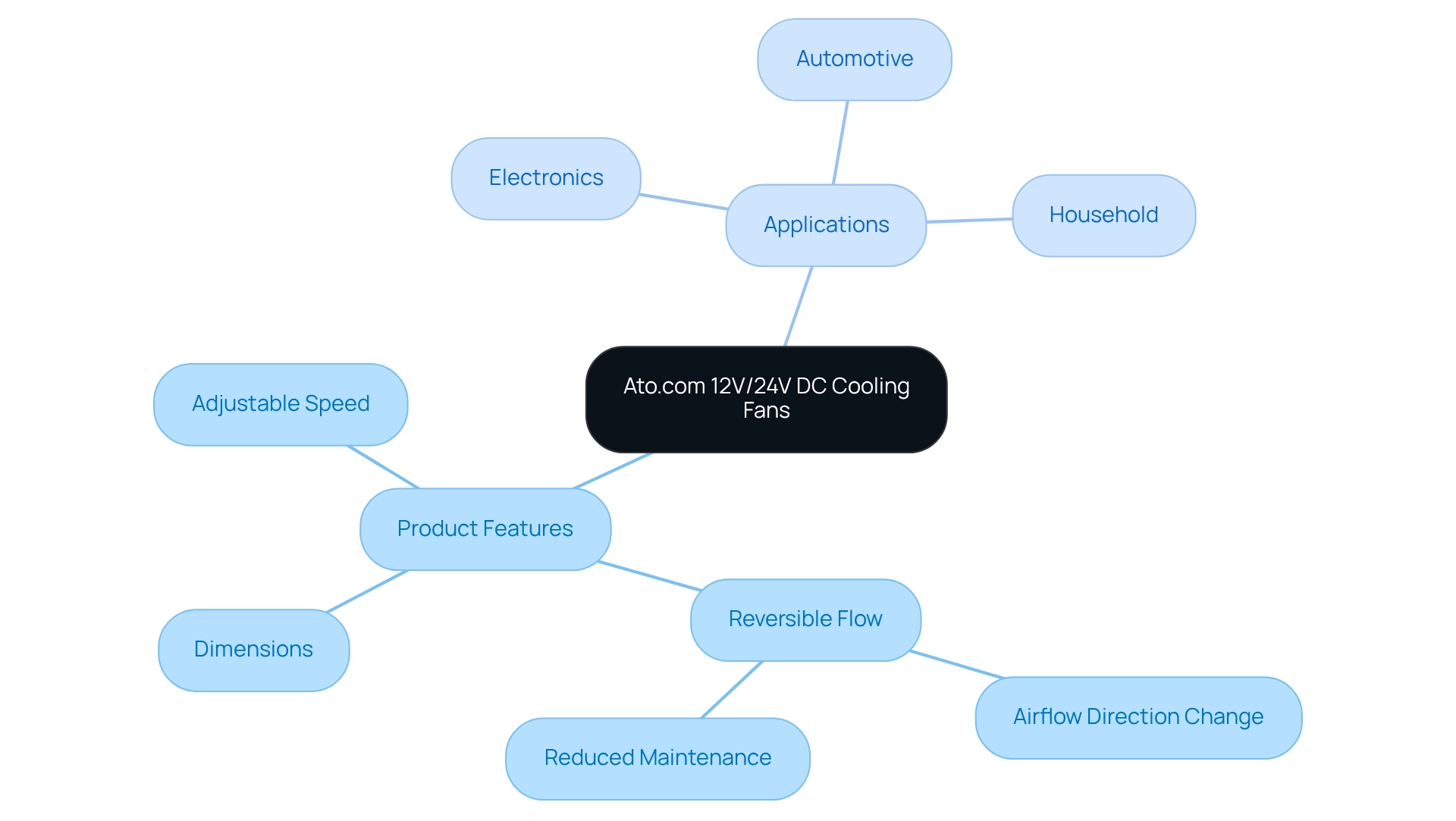
Cooler Guys DC 12-Volt Fans: Reliable Performance for Various Applications
Cooler Guys stands at the forefront of 12-volt DC devices, particularly [small DC fans](https://gagner-toomey.com/10-miniature-cooling-fans-for-electronics-engineers), celebrated for their reliable performance across diverse applications. These components, whether deployed in computer systems, HVAC units, or other electronic devices, such as small DC fans, are meticulously engineered to deliver consistent airflow and cooling. Their robust construction and efficient design have made them a preferred choice among engineers and DIY enthusiasts alike.
To sustain optimal performance, regular maintenance—such as cleaning impellers and inspecting filters—is essential. In 2025, performance evaluations reveal that Cooler Guys’ supporters not only meet but often exceed reliability ratings in electronic applications, positioning them as a premier option in the market.
Furthermore, expert insights from Sam Pelonis underscore the importance of assessing the of various types, noting that small DC fans have average noise levels that are significantly lower than those of their AC counterparts, enhancing their appeal in noise-sensitive environments. Real-world examples further illustrate their effectiveness across different settings, bolstering their reputation as a dependable solution for temperature regulation.
However, the DC brushless fans market encounters challenges such as intense competition and rising raw material costs, which may influence the overall performance and reliability of these fans.
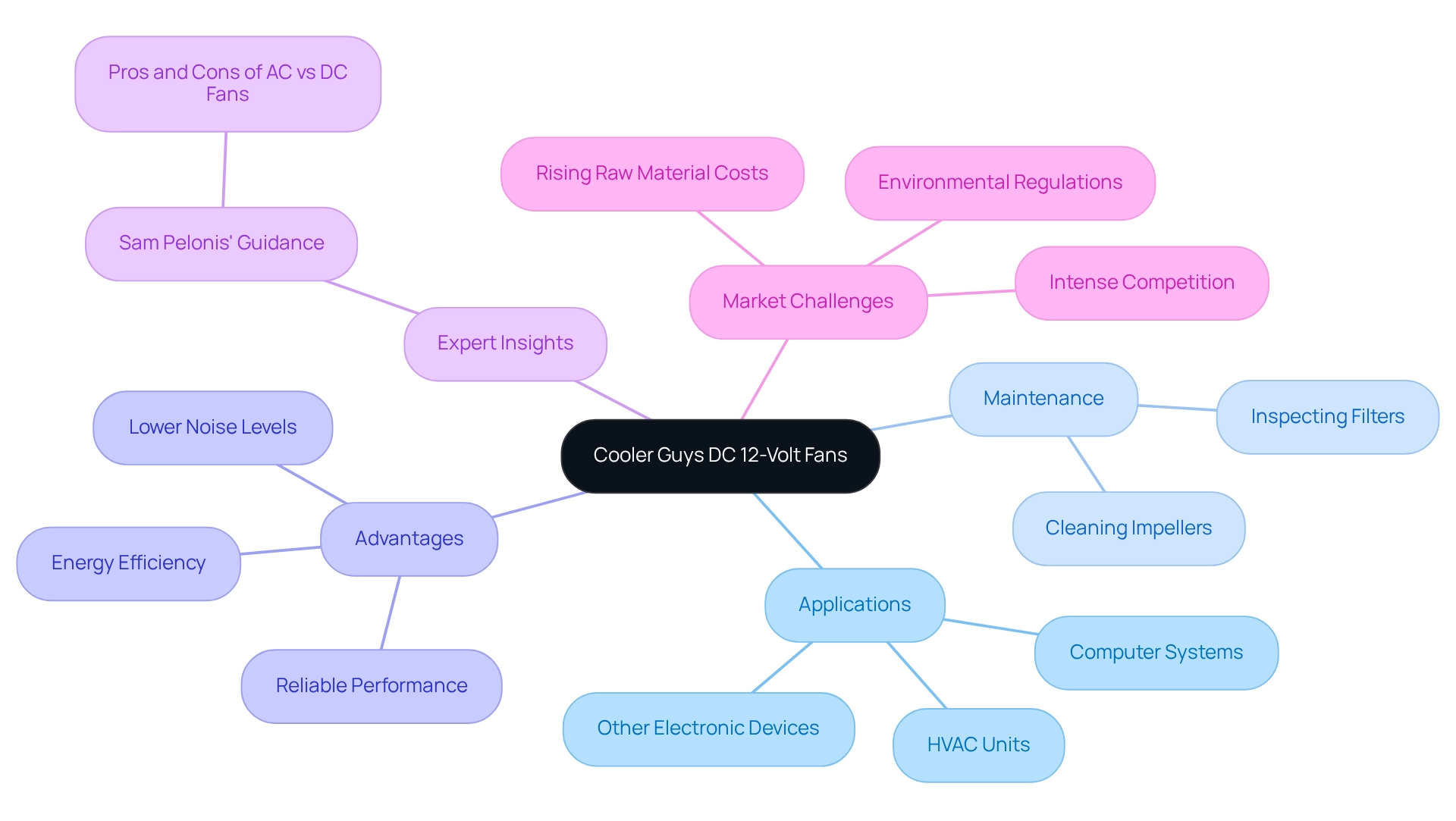
Nidec Integrated Brushless DC Motor and Fan Blade Units: Advanced Cooling Technology
Nidec’s integrated brushless DC motor and fan blade units exemplify cutting-edge cooling technology, engineered for high performance and minimal noise. These units are exceptionally suited for sensitive environments, including medical devices and high-performance computing systems. The brushless design not only bolsters durability but also markedly decreases energy consumption, resonating with the increasing focus on sustainability within the electronics sector.
In 2024, the segment under 750 watts dominated the market, capturing 50.1% of the share, underscoring the demand for energy-efficient solutions. is expanding due to the heightened emphasis on energy conservation, rendering Nidec’s technology particularly relevant. As regulations like the Energy Savings Opportunity Scheme (ESOS) and Minimum Energy Efficiency Standards (MEES) advocate for energy efficiency, Nidec’s technology emerges as a sustainable choice for contemporary cooling applications.
Furthermore, a comparison of noise levels shows that small DC fans operate significantly quieter than traditional DC fans, enhancing their suitability for noise-sensitive applications. Customization options are also available, allowing engineers to tailor offerings to specific needs, thereby solidifying Nidec’s market position.
As ebm-papst articulates, ‘In an era where every watt saved matters, ebm-papst is helping data centers cool smarter, operate longer, and tread lighter,’ emphasizing the critical importance of energy-efficient cooling solutions.
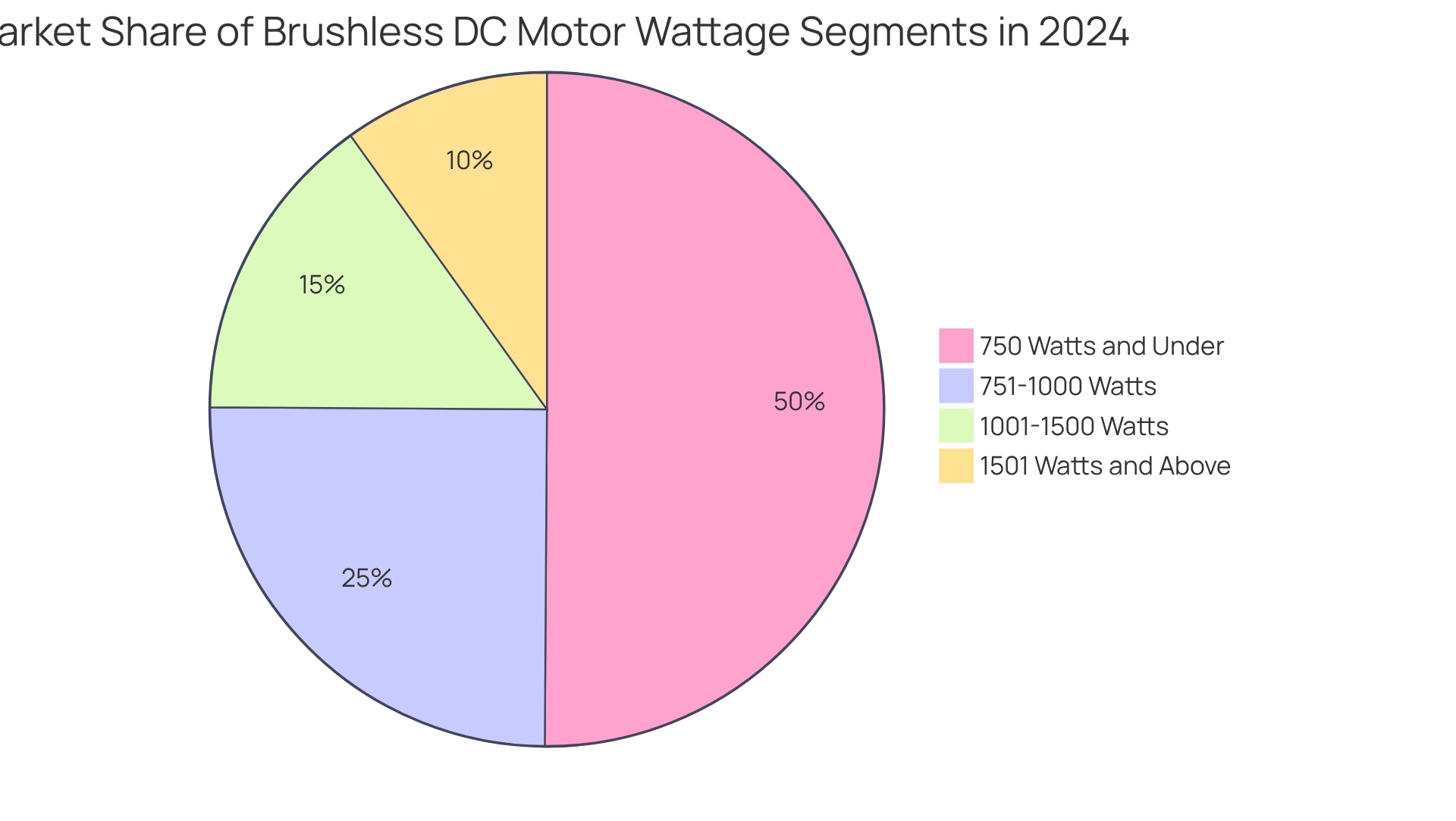
Peloni Technologies: Understanding the Pros and Cons of DC Fans
Peloni Technologies highlights several key benefits and drawbacks of DC devices that are crucial for informed decision-making. On the positive side, DC enthusiasts are recognized for their energy efficiency, often consuming significantly less power than conventional AC models, leading to substantial cost savings over time. Their quieter operation renders them ideal for environments where noise reduction is paramount, such as in residential or office settings. Furthermore, the compact dimensions of small DC fans facilitate versatile installation in confined spaces, enhancing their appeal for small applications.
However, potential disadvantages include a higher initial purchase cost compared to AC units, which may deter some buyers. AC units are typically available in 115V, simplifying integration into existing systems without the need for specialized power supplies. Additionally, DC enthusiasts generally require , introducing complexity to installation and maintenance. Understanding these factors is essential for engineers and consumers aiming to enhance their temperature control solutions, ensuring that the benefits of energy conservation and quiet operation outweigh the initial expenses and installation requirements. As Treasury Secretary John W. Snow articulated, “increased energy costs result in enhanced conservation, improved energy performance,” underscoring the importance of evaluating energy-saving alternatives like DC units.
Duet3D PWM to DC Fan Control: Efficient Speed Management for Small Fans
Duet3D’s PWM to control technology transforms the management of fan speeds, allowing for precise adjustments that dynamically respond to temperature fluctuations and workload demands. This adaptive approach not only enhances cooling performance but also significantly extends fan lifespan by minimizing unnecessary wear and tear.
Nevertheless, the implementation of PWM control presents challenges, such as electromagnetic interference and design complexities, which must be addressed to guarantee reliable fan operation. Engineers have noted that effective speed control can lead to a substantial reduction in energy consumption, with PWM devices typically operating at a constant voltage of 12 volts, thereby improving overall performance.
Moreover, the adoption of PWM control has been demonstrated to enhance operational smoothness, rendering these fans superior to traditional models. As one expert aptly stated, ‘This adaptability makes PWM devices superior to conventional models in terms of both performance and effectiveness.’
Real-world applications underscore that effective speed management is essential for maintaining optimal thermal conditions in compact electronic systems that utilize small DC fans, ultimately contributing to enhanced performance and reliability. As the industry advances, improvements in Duet3D’s PWM technology for 2025 are set to deliver even greater enhancements in fan performance and adaptability.
EEVblog Forum Insights: Best Practices for Powering DC Fans
Insights from the EEVblog forum reveal critical best practices for effectively powering DC blowers. The primary concern is ensuring optimal performance, which can be achieved by utilizing dedicated power supplies that align with the fan’s voltage and current requirements. This approach not only but also prevents potential damage to the fan.
Furthermore, implementing proper wiring techniques is essential, as they can significantly influence the overall efficiency of cooling systems. Additionally, the strategic placement of the fan plays a pivotal role in minimizing noise levels and maximizing airflow.
By adhering to these guidelines, users can achieve superior performance from their DC blowers.
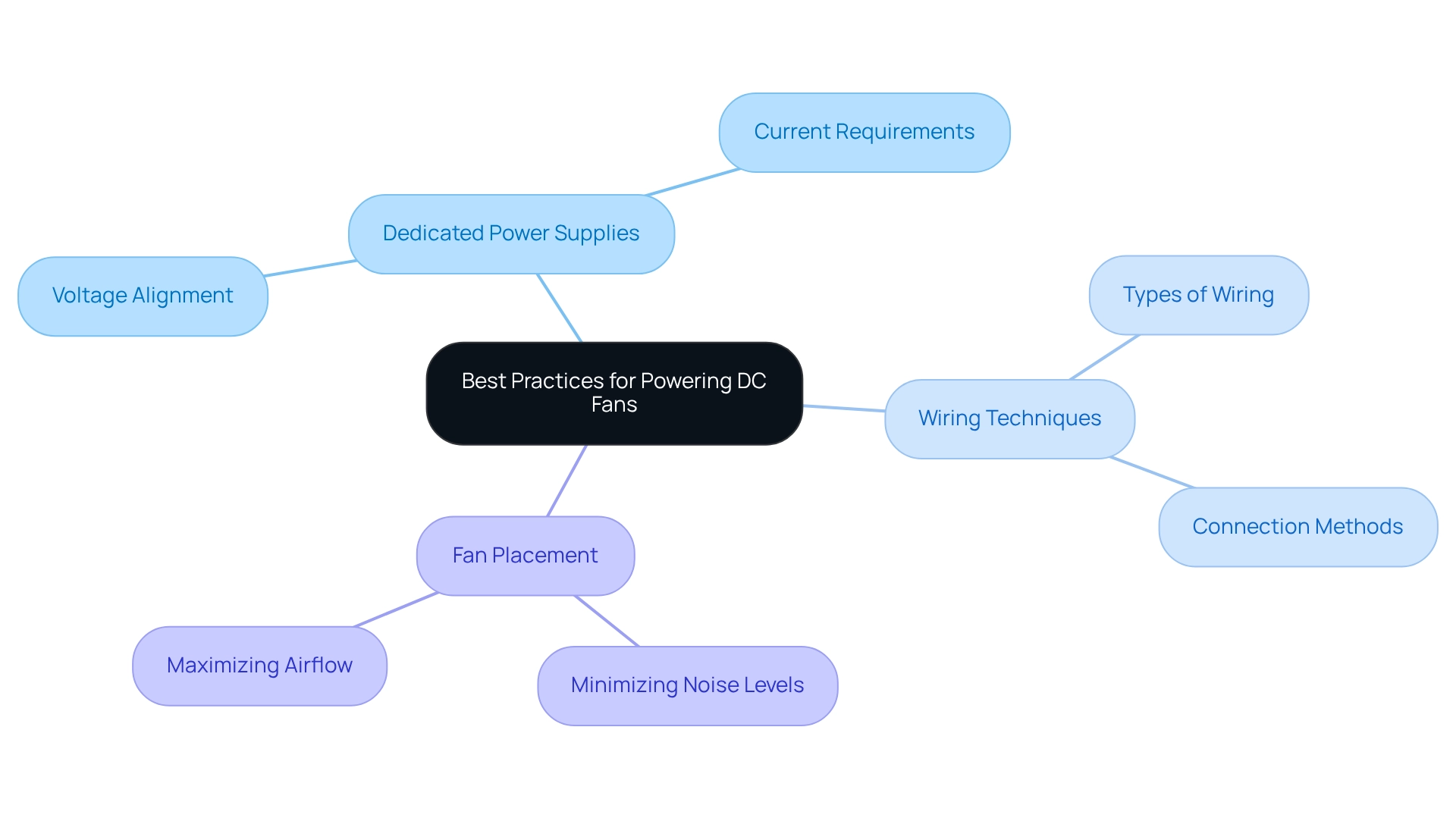
All About Circuits: Powering 12V DC Computer Fans with Batteries
All About Circuits provides expert guidance on [powering 12V DC computer devices](https://gagner-toomey.com/products) with batteries. To achieve the necessary voltage, users can connect multiple batteries in series, ensuring optimal device functionality. It is crucial to consider both the battery’s capacity and discharge rate to sustain consistent performance, particularly in portable applications.
As highlighted by user wayneh, ‘100mA is much more believable’ due to the energy required to move air, underscoring the significance of battery capacity. A case study exploring demonstrated that a 3-cell lithium battery not only fulfills the voltage requirements but also serves as a dependable power source for portable air conditioning systems.
Users have contributed links to compatible batteries and chargers, enhancing resource availability. Furthermore, statistics reveal that approximately 10V is the critical threshold at which a 3-cell lithium battery necessitates recharging, emphasizing the importance of monitoring battery life to ensure uninterrupted fan operation.
By implementing these strategies, engineers can significantly enhance the effectiveness of their temperature regulation solutions in compact applications.
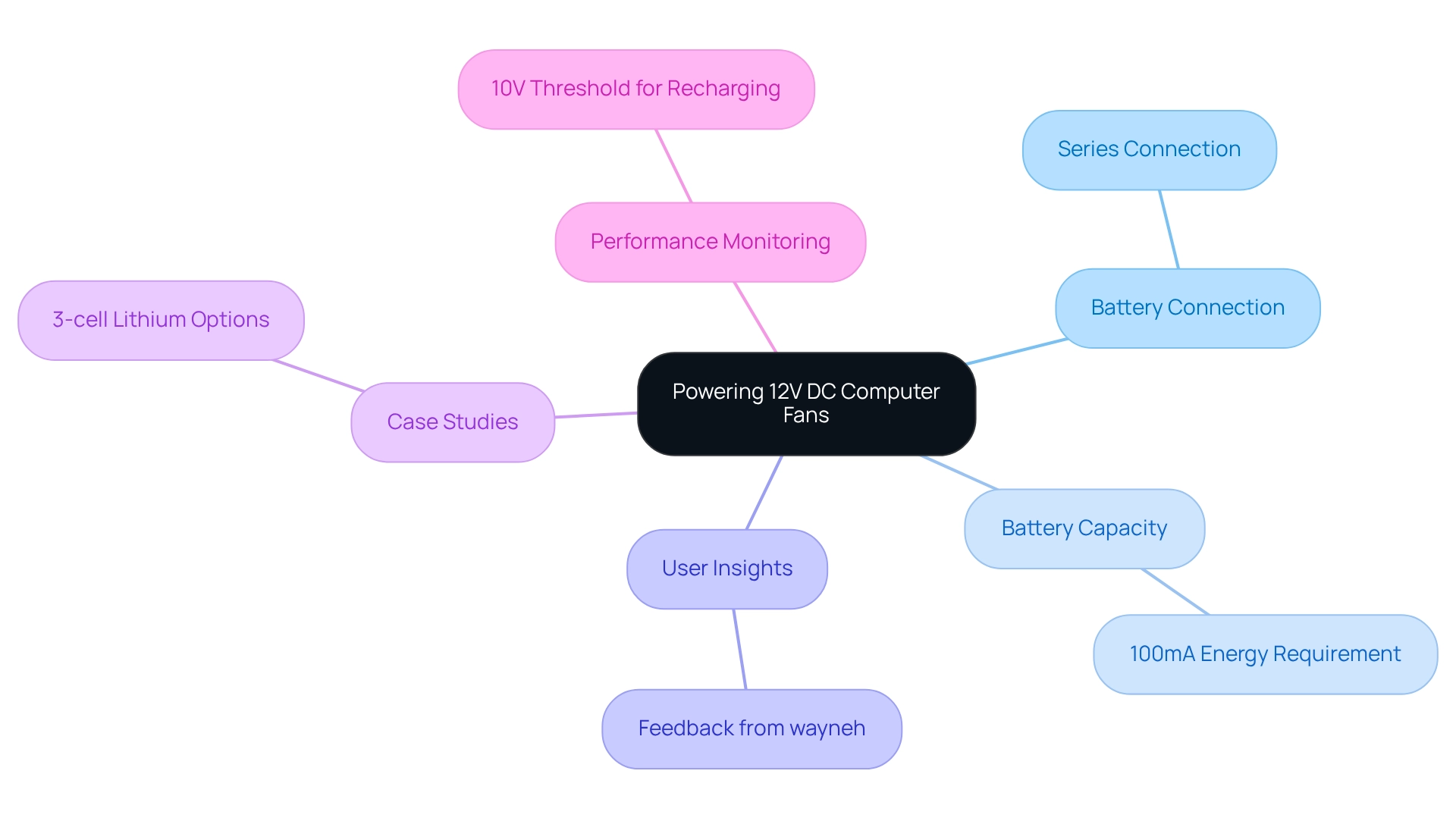
Modern Fan Company: Stylish and Efficient Small DC Fans for Modern Spaces
The Modern Fan Company presents an impressive array of , which are ideally suited for contemporary environments. These devices not only excel in temperature regulation but also serve as essential design elements that enhance modern interiors. Available in a multitude of finishes and designs, these devices cater to diverse aesthetic preferences, allowing consumers to seamlessly integrate effective cooling solutions into their living spaces.
As the market for fashionable compact DC devices expands, driven by consumer demand for both functionality and aesthetics, these products exemplify the shift towards energy-efficient solutions that do not compromise on style. Recent insights reveal that the HVACR industry is evolving with a pronounced emphasis on sustainability, reflecting a broader commitment to improving quality of life through innovative technologies.
This evolution is evident in the design features of contemporary DC devices, which prioritize both performance and visual appeal, making them a favored choice for consumers aiming to elevate their interiors. Notably, the HVAC services market is projected to witness a compound annual growth rate (CAGR) of 9.7% from 2019 to 2025, underscoring the industry’s transition towards greener technologies.
Furthermore, one of the standout characteristics of DC ceiling devices is their quiet operation, rendering them an optimal choice for bedrooms, living rooms, and home offices. This blend of style, efficiency, and silent performance positions small DC fans as a top choice in modern interior design.
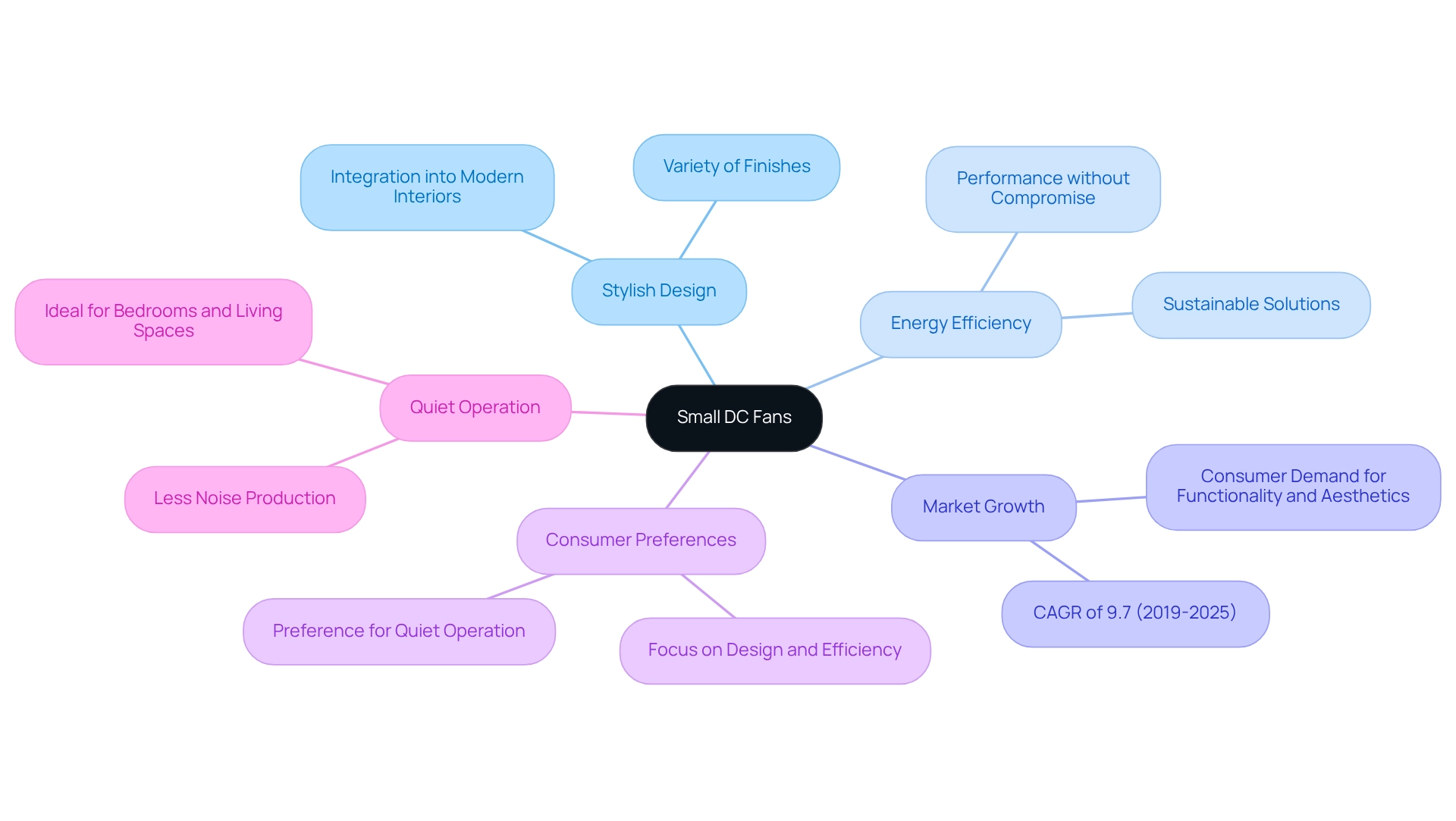
Conclusion
The advancements in small DC fan technology underscore their growing significance across a multitude of applications, ranging from electronics to home environments. Prominent manufacturers such as Gagner-Toomey Associates, Ato.com, and Nidec are redefining efficiency and design, providing an extensive array of products tailored to diverse cooling needs while prioritizing energy conservation. The incorporation of features like customizable speed settings and enhanced noise reduction further cements the role of these fans in contemporary technology.
Regular maintenance practices, coupled with the adoption of innovative technologies such as PWM control and reversible flow fans, are vital for optimizing performance and extending the lifespan of DC fans. As the demand for energy-efficient solutions escalates, these fans are demonstrating their reliability and adaptability to the evolving requirements of engineers and consumers alike.
As the market for small DC fans continues to grow, the shift towards stylish and efficient designs is transforming consumer expectations. The fusion of functionality, aesthetic appeal, and sustainability highlights the crucial role that small DC fans play in enhancing both comfort and efficiency in modern spaces. Embracing these cutting-edge solutions will empower engineers and consumers to effectively meet their cooling needs while contributing to a more sustainable future.
Frequently Asked Questions
What types of products does Gagner-Toomey Associates offer?
Gagner-Toomey Associates offers a range of compact DC units, including DC input tube axial devices from 15 to 280mm and centrifugal blowers from 15 to 225mm.
What are the key features of Gagner-Toomey’s DC units?
Gagner-Toomey’s DC units are optimized for performance, efficiency, and low noise levels, with most models providing IP protection upon request.
What is the market share of small DC fans in the electronics sector?
Small DC devices account for approximately 25% of the temperature regulation market in the electronics industry.
How can the lifespan and efficiency of DC units be improved?
Regular maintenance practices, such as cleaning impellers and inspecting filters, are essential for improving the lifespan and efficiency of DC units.
What advancements is Gagner-Toomey Associates focusing on in small DC fan technology?
Gagner-Toomey Associates is dedicated to delivering the latest advancements, including integrated custom temperature management solutions for their small DC fans.
What is the Cmyfato Powerful Portable Pivoting Bathroom Fan designed for?
The Cmyfato fan is designed for small spaces and is particularly effective in circulating air in bathrooms, kitchens, or offices, featuring three speed settings and a 270° pivoting capability.
What benefits do bath exhaust devices typically include?
Most bath exhaust devices include a damper that reduces the backdraft of cold air from outside, contributing to improved indoor air quality.
What does Ato.com offer in terms of small DC fans?
Ato.com offers a selection of small DC fans, including 12V and 24V DC ventilation devices, designed to meet specific temperature regulation requirements across various sectors.
How is the market for small DC fans expected to change?
The market for small DC fans is projected to experience substantial growth due to technological advancements and increasing demand for energy-efficient solutions.
What is the significance of reversible flow devices in small DC fans?
Reversible flow devices can alter airflow direction, effectively cleaning airways while minimizing maintenance requirements, which is beneficial in applications prone to dust accumulation.

